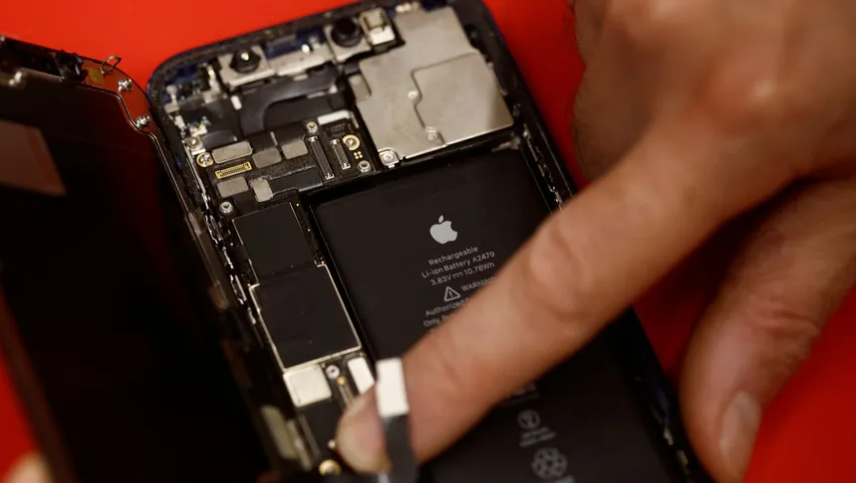
Apple persists in its unwavering commitment to self-reliance in the manufacturing of its intelligent chips essential for powering a range of devices, including smartphones, computers, and tablets.
Under the leadership of Johny Srouji, the development team at Apple has achieved significant milestones in executing the company’s plan. This involves creating smart chips for the iPhone, iPad, and Mac, enabling Apple to transition away from Intel processors since 2019. While Apple has adopted groundbreaking “3-nanometer” chip technology through collaboration with Taiwan’s TSMC, it still heavily depends on Qualcomm and Broadcom chips for wireless communication technologies such as Wi-Fi, Bluetooth, and particularly 5G connectivity.
Although Apple’s chip development roadmap envisions an in-house modem chip capturing 5G networks within iPhones by 2026, the implementation of this technology in Apple Watch, tablets, and computers might take two to three more years, as reported by Bloomberg.
Apart from modem chips, Apple aims to develop an all-in-one chip providing both Wi-Fi and Bluetooth without the need for separate components. Originally slated for iPhones by 2025, obstacles have hindered its timely introduction.
Apple is also actively working on a chip designed to power displays in its devices utilizing MicroLED display technology. The initial launch is anticipated on Apple Watch, followed by other smart devices. While the development of this technology commenced five years ago, it has yet to be unveiled.
The smart chip team at Apple is additionally focused on creating a sensor for Apple Watch capable of measuring blood glucose levels. Moreover, the team is engaged in developing new chip technologies for designing internal batteries in Apple’s smart devices.
By adopting an internal strategy for camera sensors, Apple seeks to position photography as a key selling point in iPhones. This strategic move places technology at the forefront of future advancements in industries such as augmented reality and autonomous driving.
This internal strategy, where Apple designs and develops components for its devices, provides the company with greater freedom for innovation while simultaneously reducing production costs. Apple continues to foster collaboration with manufacturing and assembly partners, with Foxconn standing out as a prominent giant based in Taiwan.
Leave a Reply